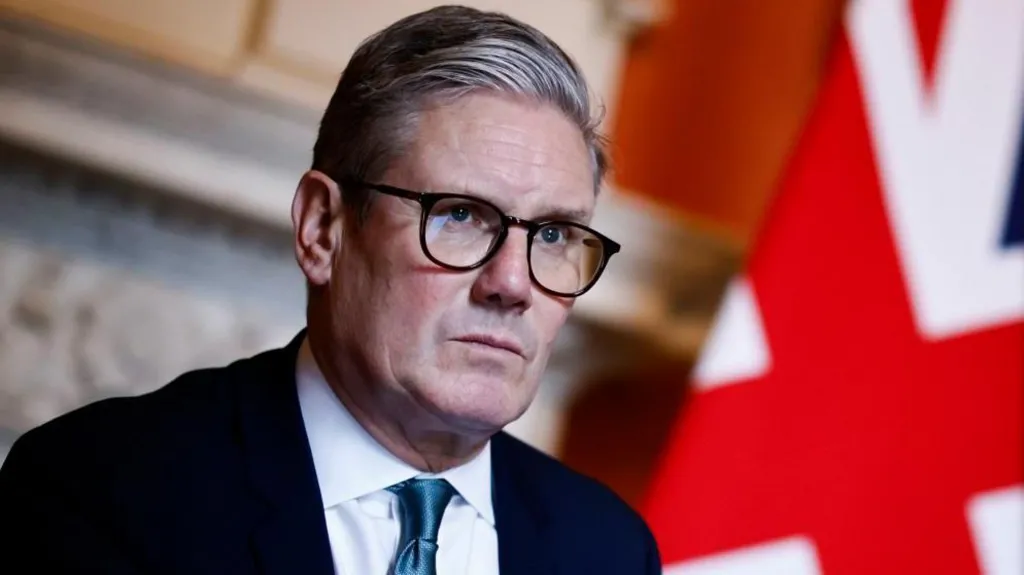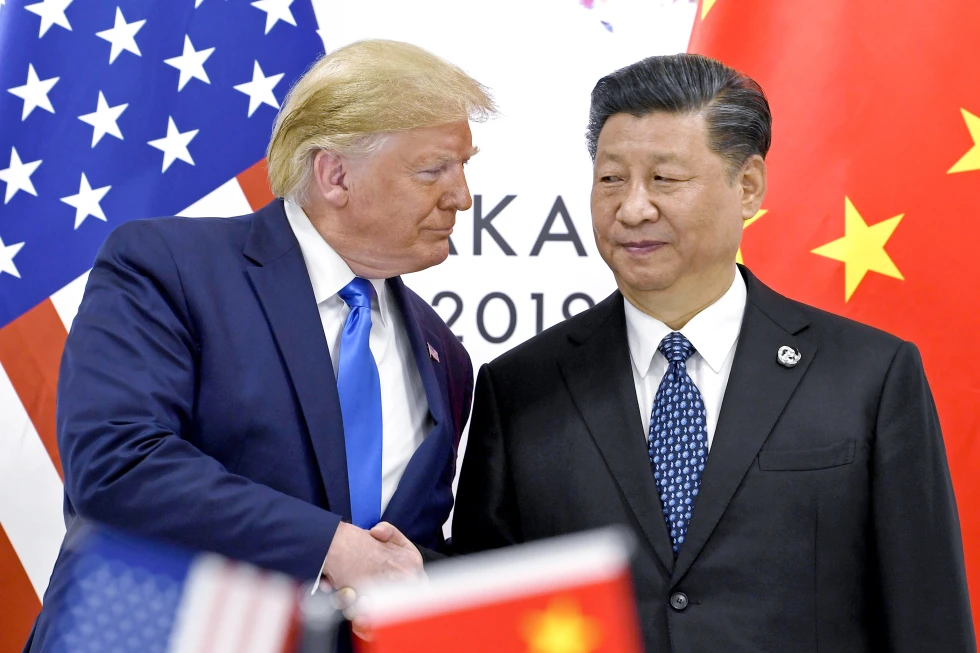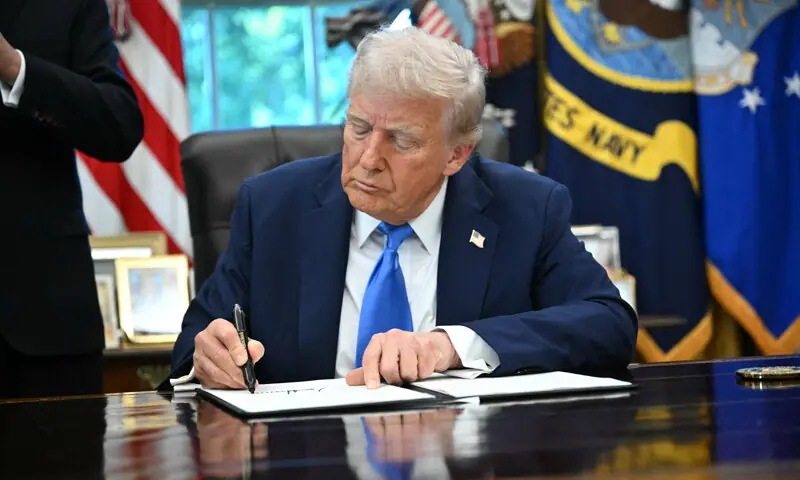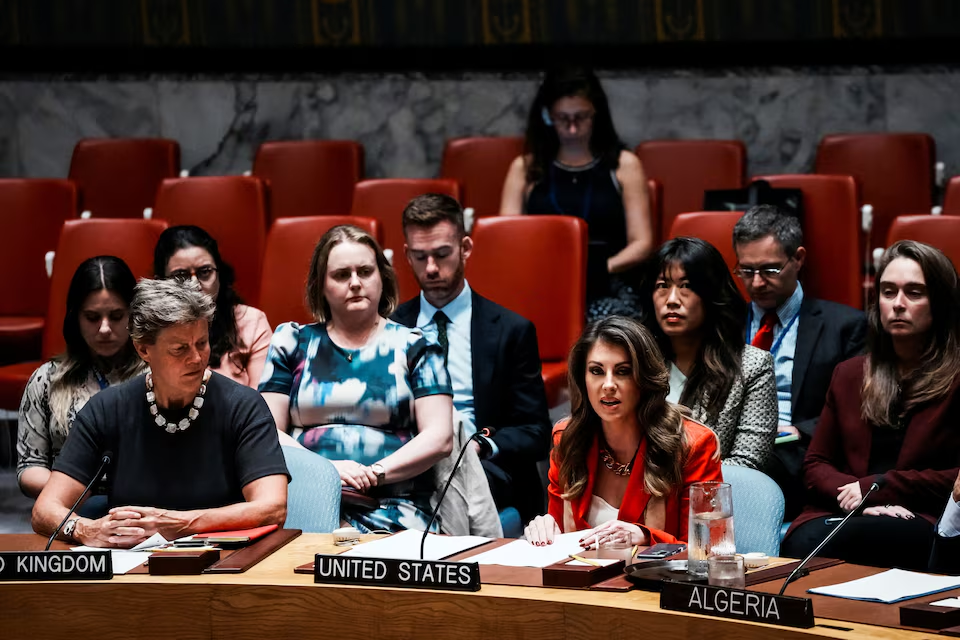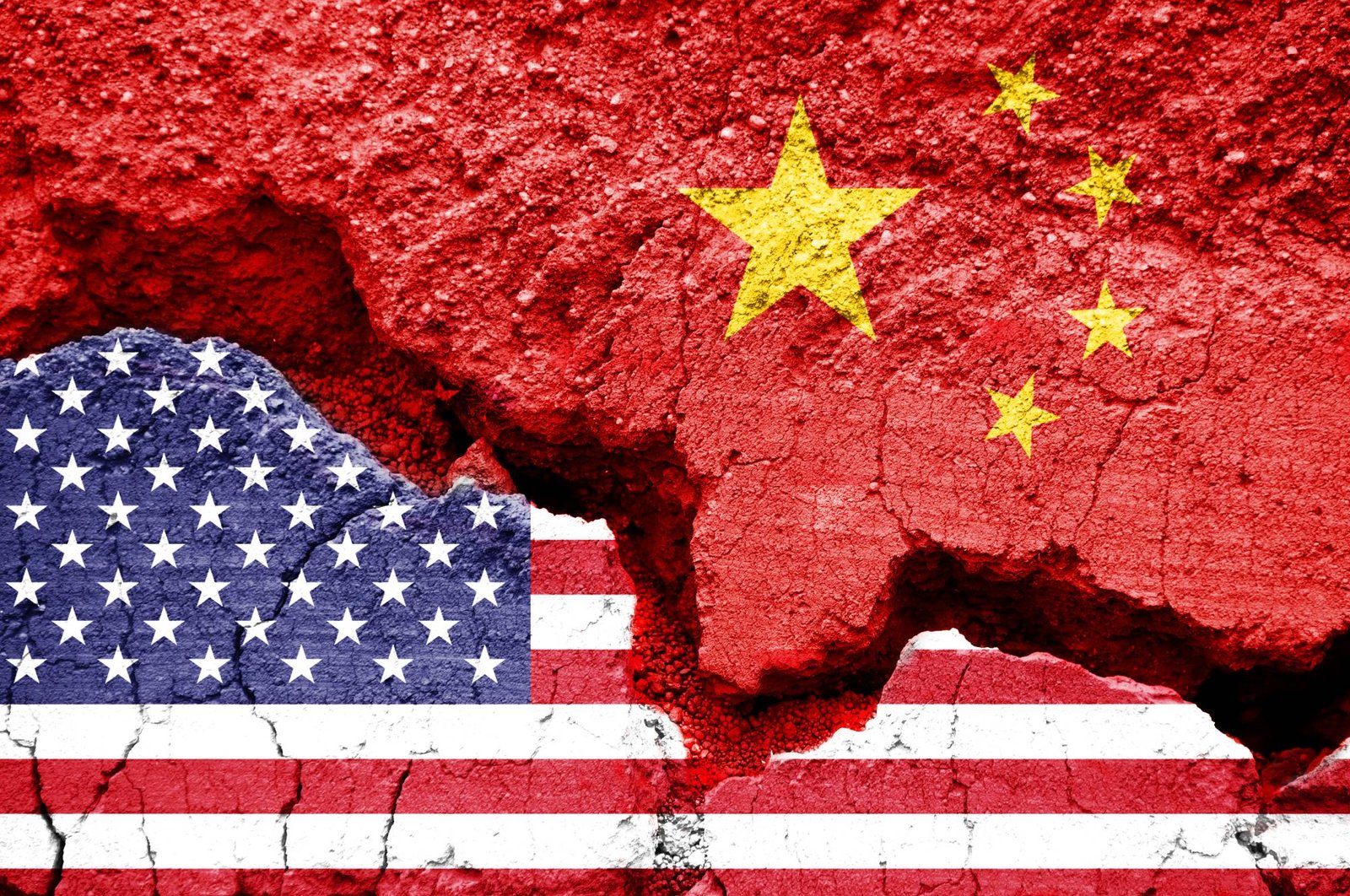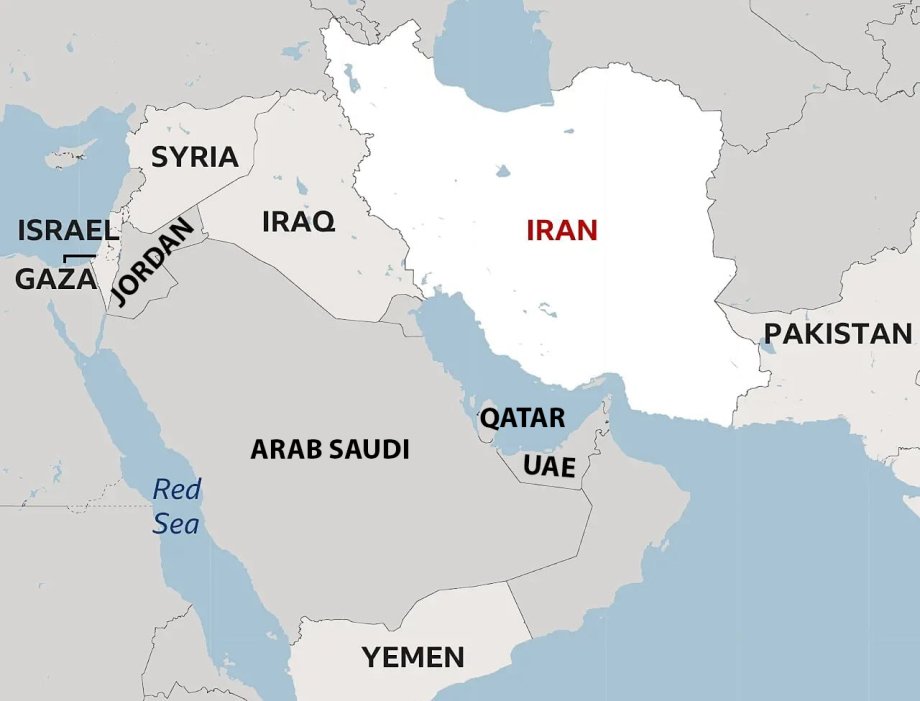Former U.S. President Donald Trump kicked off a high-stakes tour of the Gulf with a red-carpet welcome in Saudi Arabia, where he signed a strategic economic agreement aimed at unlocking $600 billion in investments across sectors including energy, defense, and technology.
Trump, accompanied by high-profile U.S. business leaders such as Elon Musk and Sam Altman, was received by Crown Prince Mohammed bin Salman (MbS). The two leaders signed a sweeping agreement, marking a major step in economic cooperation between the two nations.
$600 Billion Investment: A Game-Changer for U.S. Economy
According to the White House, the Saudi investment includes $142 billion in defense deals, making it the largest arms agreement between the two countries to date. Trump suggested the total could reach $1 trillion, emphasizing job creation and technological growth in the U.S.
“This is more than just about oil,” said Saudi Investment Minister Khalid Al-Falih at a U.S.-Saudi investment forum in Riyadh. “The scope of business opportunities has grown exponentially.”
Vision 2030 and U.S. Tech: A Strategic Match
The visit is closely tied to Saudi Arabia’s ambitious Vision 2030 reform plan, which aims to diversify its economy away from oil through massive projects like NEOM—a futuristic smart city. The forum highlighted that over a billion dollars in frontier tech investment is already flowing into American firms.
NEOM’s deputy CEO Rayan Fayez noted that the U.S. remains the primary destination for these high-tech investments.
High-Profile Guests and Strategic Talks
At a royal palace reception, Trump met with MbS, Musk, and other top CEOs including Larry Fink (BlackRock) and Stephen Schwarzman (Blackstone). The event underscored the merging of political diplomacy with private sector ambitions.
Trump, reflecting on his 2017 visit, praised the crown prince as a “friend” and highlighted the strong relationship between the two nations.
Notably Absent: Israel and Growing Concerns
One glaring omission from Trump’s itinerary is Israel, raising eyebrows among analysts and officials. Israeli leaders have expressed concern over what they perceive as a downgrade in strategic priority, especially amidst ongoing conflict in Gaza.
Though Trump continues to push for a new ceasefire deal in Gaza, sources suggest his focus has shifted towards securing regional alliances and expanding economic accords initiated during his first term—most notably the Abraham Accords.
Tensions with Iran and New Defense Deals
As regional tensions grow, particularly with Iran, Trump has reportedly offered Saudi Arabia an arms package exceeding $100 billion. Meanwhile, U.S. and Iranian negotiators met in Oman over the weekend to explore nuclear diplomacy. Trump, however, has warned of military action if talks break down.
Relations between MbS and Trump appear far more stable than with President Joe Biden, whose tenure was marred by the fallout from the 2018 killing of journalist Jamal Khashoggi. While U.S. intelligence linked MbS to the incident, he has consistently denied any involvement.
Conclusion: Investment Over Intervention
Unlike past U.S. visits focused on security and counterterrorism, Trump’s Gulf tour is firmly centered on economic diplomacy. By prioritizing investment, tech partnerships, and private sector deals, Trump aims to reshape U.S. engagement in the Middle East—one business handshake at a time.






